You’re in the right place if you need documentary photography ideas or tips or want to learn more about it. This article serves as an introduction to the genre. We’ll give you a better understanding of what documentary photography is. And we’ll help you get started, no matter who you are or where you live.
Documentary photography is a form of visual storytelling that captures real-life events as they unfold. It can be a great way to capture memories, preserve history, or share a story with the world.
This photography genre depicts life around us and often involves long-term photography projects. By documenting specific peoples or situations, photographers aim to tell new stories to the rest of the world.
It’s sometimes associated with social issues and hard-hitting topics. You can take on heavy documentary themes and projects. But through documentary photography, you can tell any story you like.
As a documentary photographer, you are documenting people and events as they happen in front of you. You have creative control over what you shoot and what type of pictures you take. But you let the narrative unfold naturally in front of you.
It’s similar to photojournalism. Photographers don’t have control over what’s happening around them.
But photojournalists flutter from story to story. In contrast, documentary photographers shoot their narrative from beginning to end. They laser in on one story and bring it to life with their photography skills.
Don’t feel daunted by the serious themes we see online and in publications. You don’t have to fly off to a distant war zone or famine-stuck country to make captivating visual documentaries. You can use photos to tell any story, big or small.
Of course, you can set your sights on having big stories in international publications. But you can hone your skills closer to home. All you need is a story to tell.
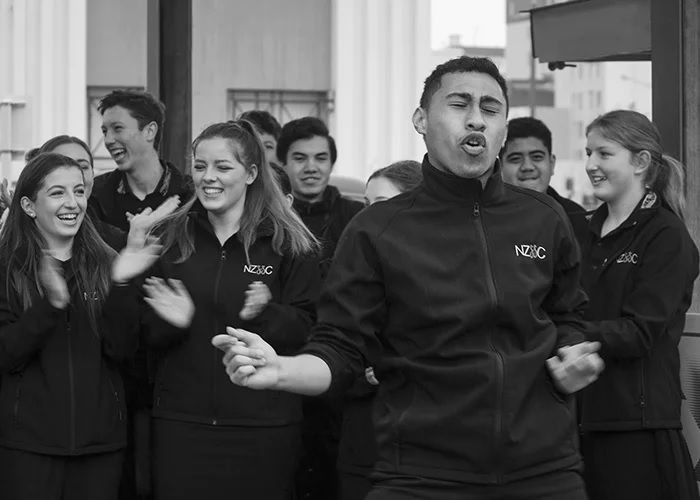
Finding a good idea is the first part of any documentary photography project. This idea is a seed that grows into a fully formed visual story. But thinking of documentary photography ideas can be tricky.
This section looks at some documentary photography ideas anyone can get started with. You can start with any of them. But they are only meant for inspiration to help you discover your own more personal documentary projects.
But before we get started with documentary photography ideas, here are some questions to consider when deciding on your project:
Use this checklist whenever you set out on a new documentary project. It will help you assess if the story is worth telling. You’ll have a better idea of the final product. And you’ll know if it will be a success at all.
Now that we know how to assess ideas when they get into our heads let’s dive into specifics. Here are some brilliant documentary photography ideas to feed your motivation.
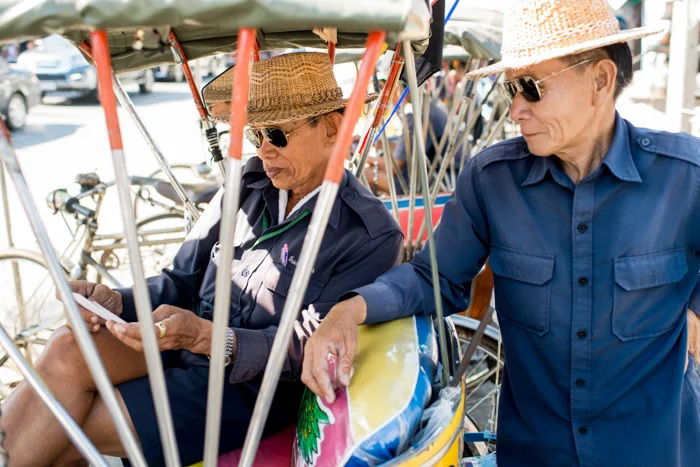
Using your family as a subject for documentary photography is a great introduction to the art form. In many ways, photographing your family is the perfect place to start.
You know them already. You have an understanding of the underlying narratives within the group. And you have access to them.
Family as a general topic is too vague. Think about the individuals or smaller groups within your family. What are they going through? How do they fit into the wider group? Are there important events or landmarks coming up?
You can document a younger sibling learning to ride a bike. You can show a family member’s interesting habits or hobbies. Or, perhaps estranged relatives are being reunited. These are all ideas you can work with.
But not everyone is blessed with a happy family. And while family struggles can be painful, they make for interesting documentary topics.
Using these family events as documentary projects might seem heartless and cold. But when done right, the results can be warm, heartfelt, and inspiring. You might be telling a story related to someone on the other side of the world.
Be sure to always ask permission from your family members before you start a family documentary photography project. Be honest about what you’re doing. And let them set boundaries if they want to.
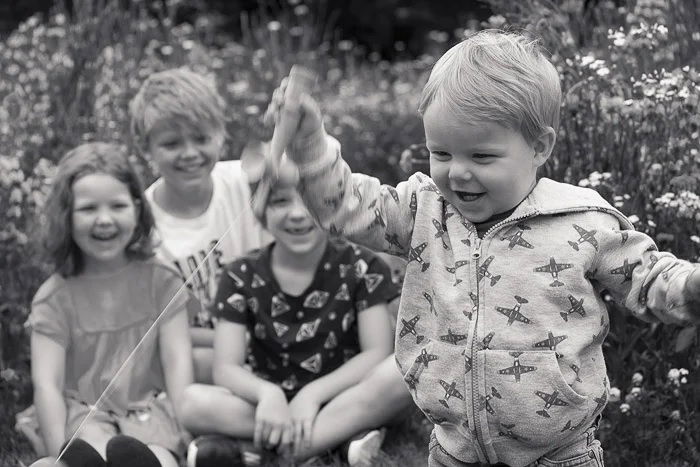
If you train your eyes, it won’t take you long before you find an interesting topic near you. Whether in a city or the countryside, your area is alive with documentary subjects.
Add new plants and features to attract wildlife if you have a garden. You can document the gardening and building side of the process. Then, you can continue the story as more and more animals come to your green space.
Maybe your town is undergoing a regeneration project, with new buildings and spaces being developed. Or perhaps your town has the opposite problem. You can document old buildings as they turn to ruin and rubble.
Look for changes in your environment. Look at what’s driving that change and how that change is being carried out.
A good documentarian also looks for consistency. Find things that haven’t changed. Can you find relics from a bygone age in the modern world? Is there anything that has weathered the sands of time without alteration?
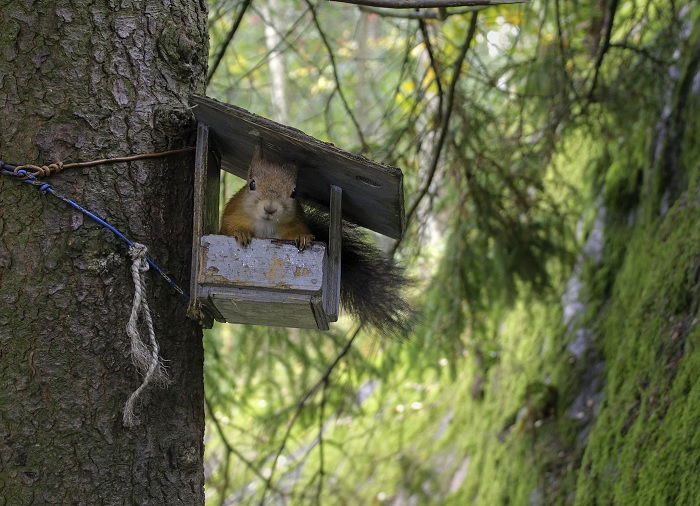
For a story to truly come to life, it needs characters. As people, we connect to other people. Having a protagonist (or protagonists) helps the viewer relate to the story.
Don’t underestimate the human-to-human connection. It’s something that makes your documentary photography more powerful.
When it comes to projects involving people, you need to ask yourself, “Who…?” Who stands out in your community? Who is central to the narrative? Who makes things happen? And who is more on the margins?
Think about the big names in your community. Are there any community groups battling with the central government? Are there individuals making a big impact? Or are there underrepresented people who deserve to have their stories told?
Photographing people brings energy and vitality to documentary shots. You can show heroes and villains. You can visualize the life of other people. It also lets you incorporate different types of photography into your documentary.
You can have candid shots where you take pictures as people go about their business. You can have environmental portraits of individuals in relevant locations. Or you can use more traditional portraits to illustrate your story.
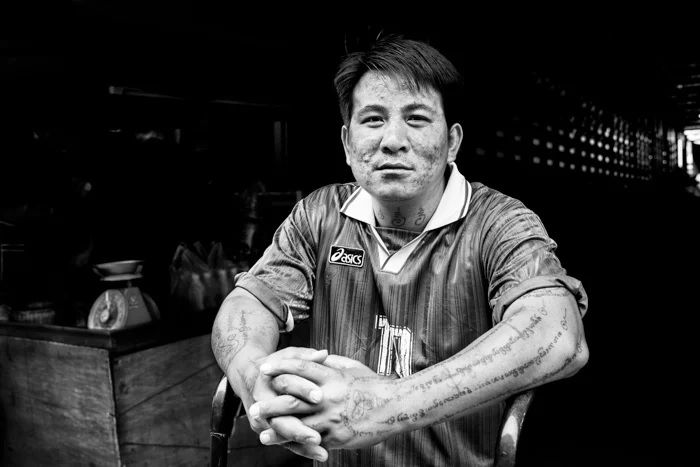
There’s no denying the world isn’t in great shape right now. People around the globe are facing wars and humanitarian crises, and the planet itself is fighting for survival.
These topics might seem too enormous for one photographer, especially if you’re an amateur. But that doesn’t mean these subjects are out of reach. You can tackle the big issues by looking at small stories related to them.
Climate breakdown is affecting the entire planet. And while doing a global photo project might be out of reach, you can look at how the climate crisis affects your part of the world. Are the local rivers drying up? Are you seeing a loss in biodiversity?
You can also take a more positive view. You can find people and organizations fighting back or building something. Maybe some local heroes need the recognition. Or, finding areas where rewilding is underway could be a fascinating project.
And it’s not just climate crisis or conflicts. You can look at local politics. And I don’t just mean councils. Look for the local characters that fight for or against the community. Then, show how it relates to wider narratives.
Small stories can have a big impact. That’s important for documentary photographers to remember. You don’t have to find the biggest story. You might find a story that seems tiny but has global significance.
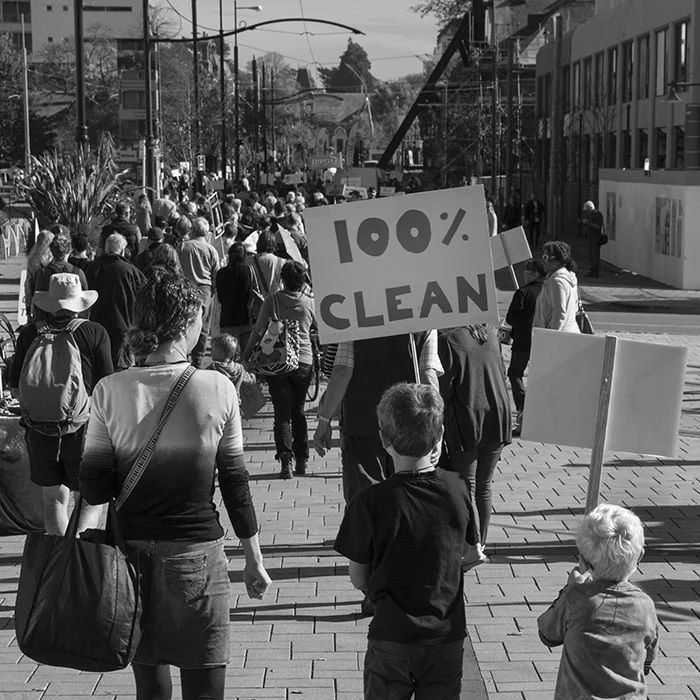
Now, you’re brimming with documentary photography ideas and concepts. So, it’s time to look at the craft of documentary photography.
This section gives you our top tips to help you hone your documentary skills. These will help you set out a plan, put that plan into action, and create captivating visual stories.
A full and deep understanding of your theme and subject is vital for creating powerful documentaries. This is true for three reasons:
If you’re in a situation where you can learn about the individuals involved before you take your photos, make the most of it. Introduce yourself, build rapport, and do first-hand research. This helps you get physically closer with your lens, build trust, and capture great candid portraits.
If you’re photographing public figures, the internet is your friend. It’s best to learn more about them and how they’ve been photographed.
Are there more sides to the story? Learning and understanding about different viewpoints doesn’t mean you need to agree with them. It does help you to develop responsiveness. And it encourages you to use your camera differently to create a more rounded story.
Find out about the history of your subject. If it’s in the news, read about it from various sources. It’s best to expand on your photographs with your own words to explain the subject.
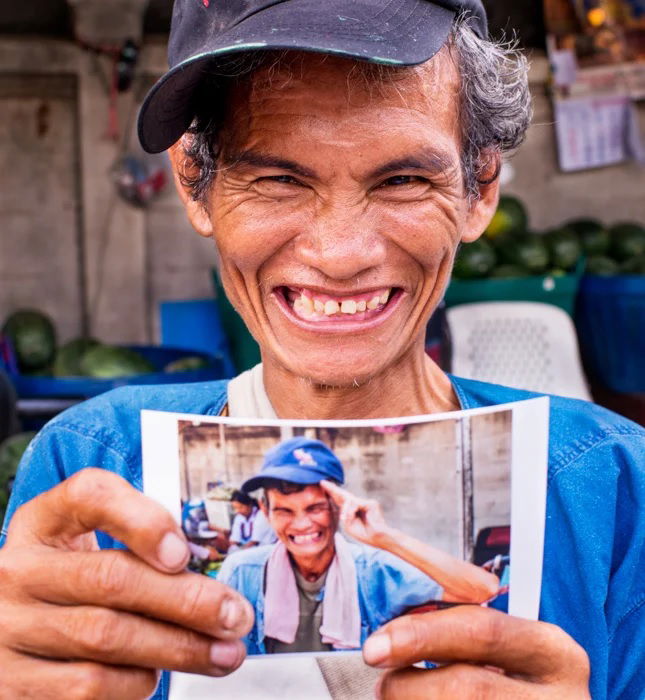
Creating a plan for your story is useful. Being flexible with that plan is even more useful.
Research and organize. But be prepared to throw it out the window and rely on intuition and expert advice if it all turns pear-shaped at the critical moment.
You might go out with your camera regularly for six months to document a particular theme. Or, perhaps you have 50 photos you want to curate to tell a story. Either way, ask yourself the following questions to keep you focused, and put them down on paper:
Life happens- often unplanned- when you’re out and about with your camera. If you’re photographing your planned story but something quite huge, exciting, and different starts—go with it.
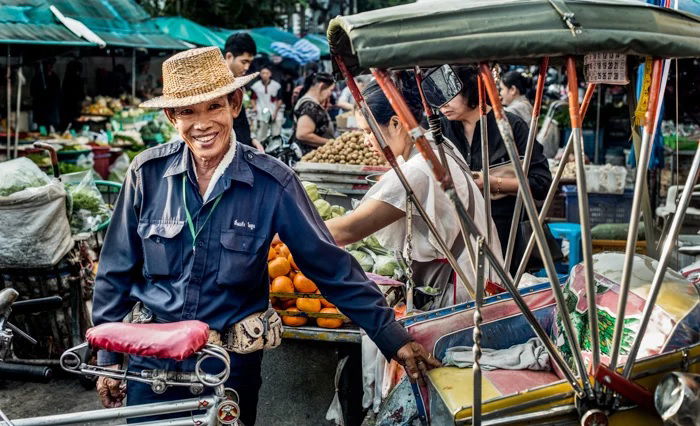
Visit the locations where you plan to shoot your documentary photography ideas. Observe what happens there. Look for patterns of activity. Look for repetition. Whatever happens repeatedly is characteristic of your chosen subject and needs to be the main focus of your attention.
You learn about the places you can access and the places you can’t. Inaccessible places might be off-limits to members of the public, and you may need permission or an official pass. Or, the location might be too hard to access due to geographical obstacles like mountains or rivers.
Always take a camera with you when location scouting. It doesn’t have to be your best camera. A simple point-and-shoot camera is enough for a reconnaissance mission.
If you cannot visit locations before your documentary shooting, research before you go. Look online using Google Maps, blogs, Reddit, and YouTube. Try and find first-hand accounts from people who have been there recently.
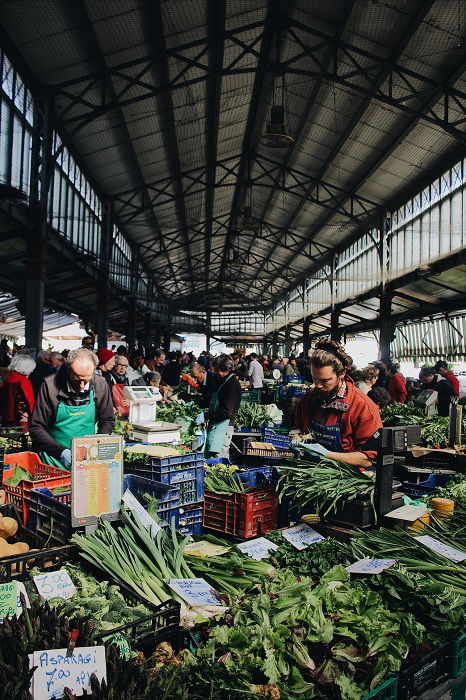
Make your documentary photography ideas more interesting by keeping it personal. Add your flair and experience to help draw viewers into your narrative.
If your photos are all very much “for-the-record” images, they will not be so interesting. Photograph interesting things that happen to you along the way.
If you meet some people from your home country or state, take their picture. Photograph the stall holder if you find something you love in a market and buy it.
By doing this, you become part of the story without distracting attention away from it. The story becomes more lived-in and authentic. But be careful you don’t overdo it.
You also need to make sure your story is personal to you. We mean that the story should be one you have an interest in. This keeps you enthusiastic and helps improve the quality of the project overall. If you get bored, your viewers will get bored, too.
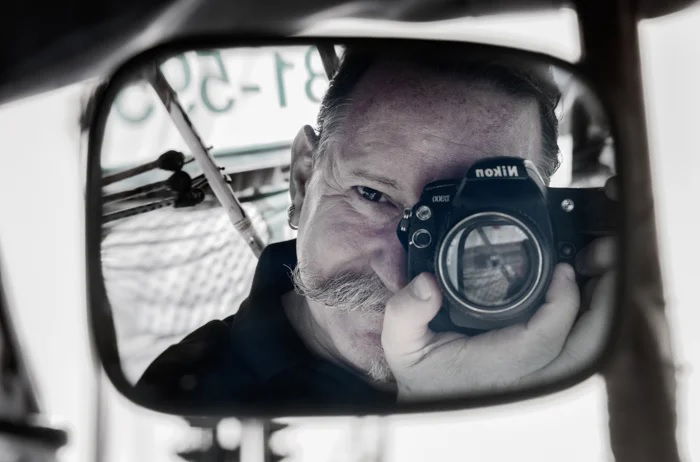
All the planning in the world doesn’t work if you don’t have the photo basics right. I remember not taking spare batteries, setting the focus improperly, or not checking the tides table. These were all excellent learning curves.
The more you practice, the better your skill and intuition in setting shutter speed and aperture. Practice also provides you with many opportunities to experiment with light and composition. You can concentrate on your story and subjects by getting comfortable with the basics.
You don’t often get second chances with documentary photography ideas. That’s why putting the time in is important before you set out on a documentary project.
Mistakes always happen. They are unavoidable, even for professionals. But you can limit them by taking the practical skills of photography seriously.

Review your photographs often. If you can, find a more experienced photographer to bounce documentary photography ideas around. If not a photographer, someone who is interested in your project.
Evaluating your photos, especially during a long-term project, helps you grow. If you are not reviewing your photos critically, you’ll miss out on improving your work.
Look at all aspects of what you’re doing. Assess whether your photos are presenting your story well. Are they a clear and true representation of your experience?
There’s one question I often ask myself about any of my photo series. “If someone who has never been here and experienced this saw my photos, what would they understand?”
With my documentary photographs, I want people to experience what I experienced. It is never easy, but it is a worthwhile goal.
Also, examine the technical aspects of your photographs.
Don’t be too hard on yourself when you evaluate your pictures. Look for the best of each new batch and put them in a separate folder. This will help you as your project develops.
You’ll see a progression, and hopefully an improvement, in your documentary photography ideas. You’ll also be able to see if there are any gaps in your visual storytelling.
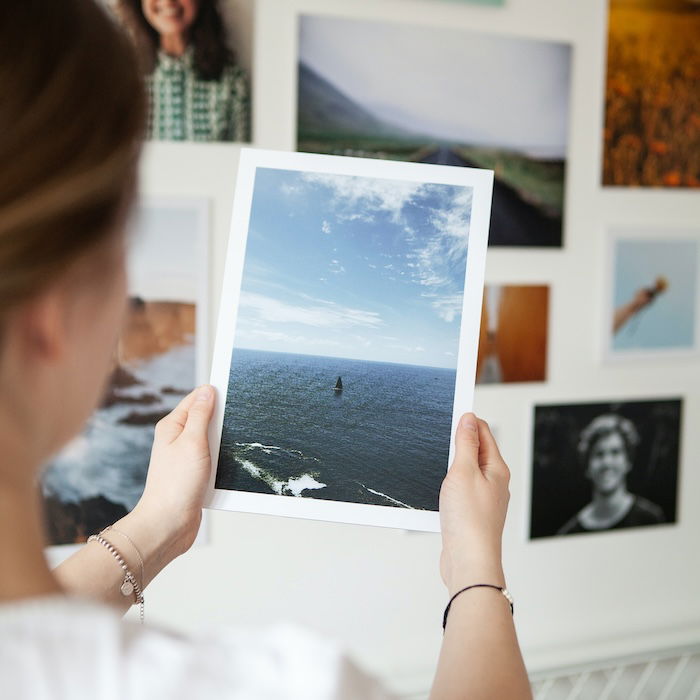
There’s no set photography gear list for documentary photographers. Everything depends on what you’re shooting and how you like to work. But we’re still happy to give you some suggestions about camera gear that could help you on your documentary photography journey.
Finding the best camera for your documentary photography ideas is a matter of personal preference. Do you want an interchangeable lens camera, like a DSLR or mirrorless? Or do you want something compact, light, and nimble for street-style documentary shots?
If you’re looking for something compact and easy to carry, a street photography camera could be what you need. The Fujifilm X100V is a great choice. Its fixed 23mm f/1.2 lens gives you a love wide angle and good low-light performance.
The Olympus OM System OM-1 is an interchangeable lens camera. But it’s ultra-compact and has fantastic specifications. Or you could try the more mid-range OM-5.
You need a mirrorless camera if you want an all-round machine to capture documentaries. The Fujifilm X-T5 is stylish and compact but has an incredible 45 MP sensor. It also has incredible video features if that’s something you’re interested in.
But the Canon EOS R8 is our top recommendation for documentary photographers. It’s a full-frame camera with a 24.2 MP resolution. And the larger sensor means you get better low-light performance and dynamic range.
If you want a Nikon, an equivalent camera would be the Z5. A Sony equivalent would be the a7 III.







When it comes to lenses, you always need to decide if you want to use a prime or zoom lens. The focal length will determine how people engage with your documentary photography ideas.
Prime lenses have better picture quality. They are less prone to imperfections like chromatic aberration. The problem is that they have a fixed focal length, meaning they don’t zoom in or out.
Zoom lenses are more versatile because you can zoom in or out. But you experience more optical problems like distortion, ghosting, and aberration.
A 50mm prime lens is a great choice for documentary photography. They are simple yet versatile.
They usually have a fast maximum aperture, often an f/1.8 or lower. That gives you excellent low-light performance. But it also helps you achieve a shallow depth of field, which works well with portraits.




A 35mm prime is another top option. As it has a smaller focal length, it gives you a wider field of view. This helps you shoot in confined spaces, pictures of groups, and wider scenes.



Telephoto primes are what you need if you want to shoot documentary portraits. Anything from 70mm to 120mm is ideal. They will cost more than the standard-angle prime lenses. But they are worth it if you want pro-level portraits.




If you want a zoom lens for added versatility, something like 24-70mm is perfect. This gives you a wide angle for broad scenes. And you can get in close with the 70mm end for portraits and close-ups.
You can use zoom lenses at the wider end or with more telephoto reach. But we recommend standard-to-telephoto zooms for documentary photography. They are especially handy if you want to travel light.




A protective and reliable camera backpack is essential for a documentary photographer. You’ll often be shooting on location, so you need a camera bag that keeps your gear safe.
The Wandrd Prvke should be at the top of your shopping list. We’ve thoroughly tested this camera backpack, and we can recommend it highly enough.
It looks good, which is always a plus. But it’s completely weather-resistant, has plenty of storage space, and has good customization. Check out the full Wandrd Prvke review for more info.
The Manfrotto Multiloader is another top backpack. This one is ideal if you carry a lot of equipment with you at all times.
The build quality is sensational, which means it’s also very protective. But it also has useful features that make your life much easier. Here’s the full review of the Manfrotto Multiloader.
If you’re looking for something smaller, the Wandrd Duo Daypack is the answer. It’s another stylish bag from Wandrd.
It’s thoroughly weather-sealed and has padded internal pockets for your gear. Plus, it has side access for grabbing your camera on the go. We have the full Wandrd Duo Daypack review for more info.
If none of these are the bag for you, there are another 15 high-quality camera backpacks that we’ve tested and reviewed. See the full list in our article on the best camera backpacks for photographers.



The basic principle of documentary photography is simple. Find something you care about and tell that story with your camera. The subject of your visual documentary can be anything from local heroes to global issues. The key is to find ways to make you documentary photography ideas story engaging and visually exciting.
Having the best gear can help improve results. But don’t get too bogged down comparing cameras and lenses. Find what works for you and start taking pictures. Documentary photography is more about what the pictures say than the pictures themselves.
You’re now ready to take your first steps as a documentary photographer. Just remember, keep your eyes open and follow your passions. It might take practice and experience to master. But young and old photographers can start telling stories through documentary photography.

